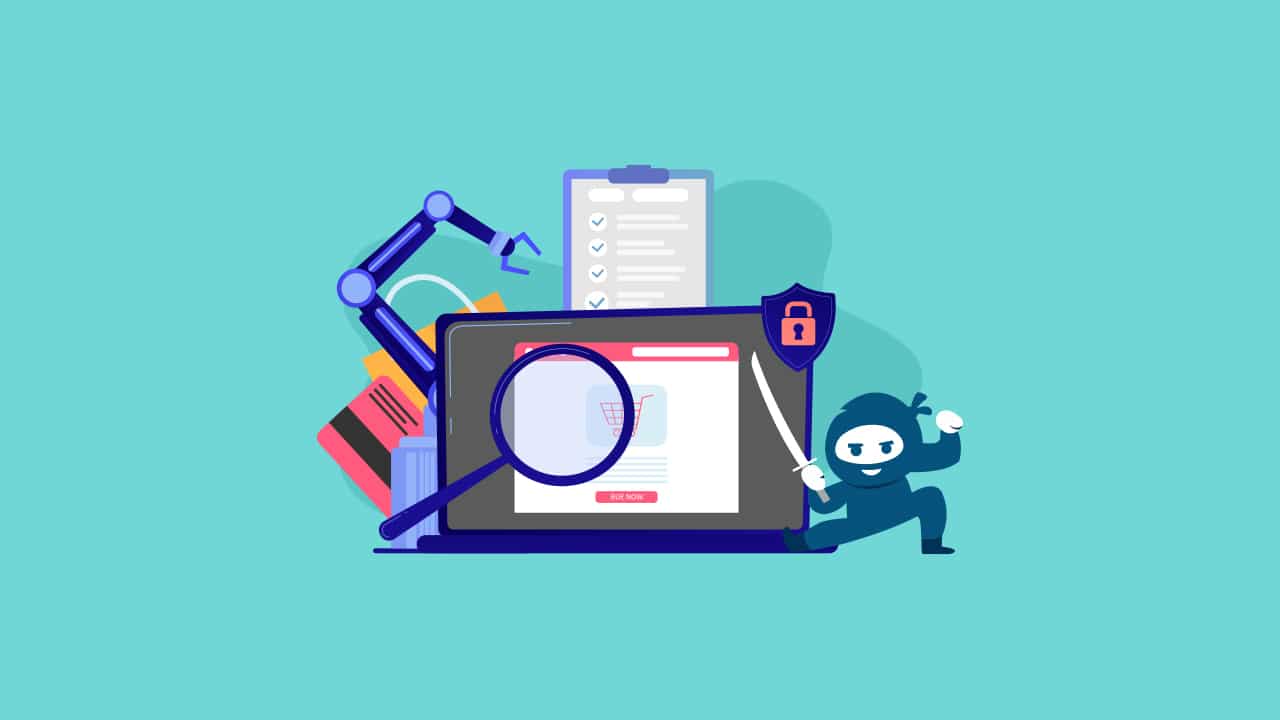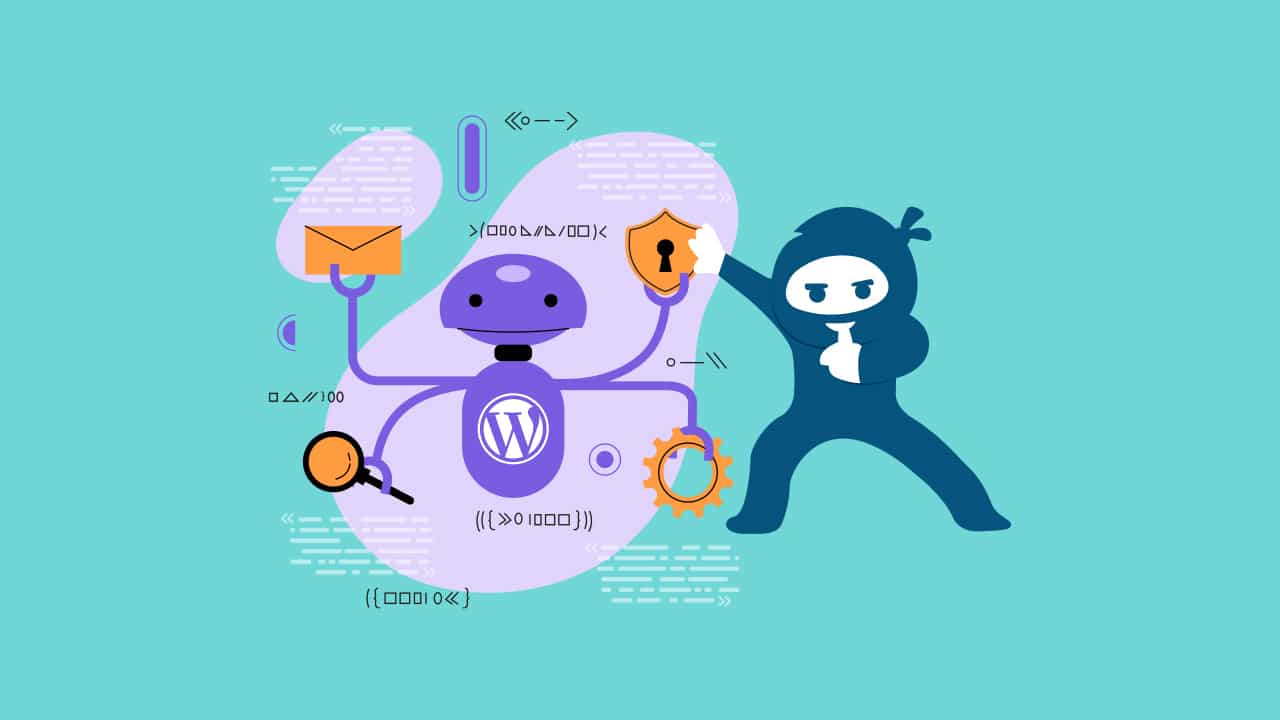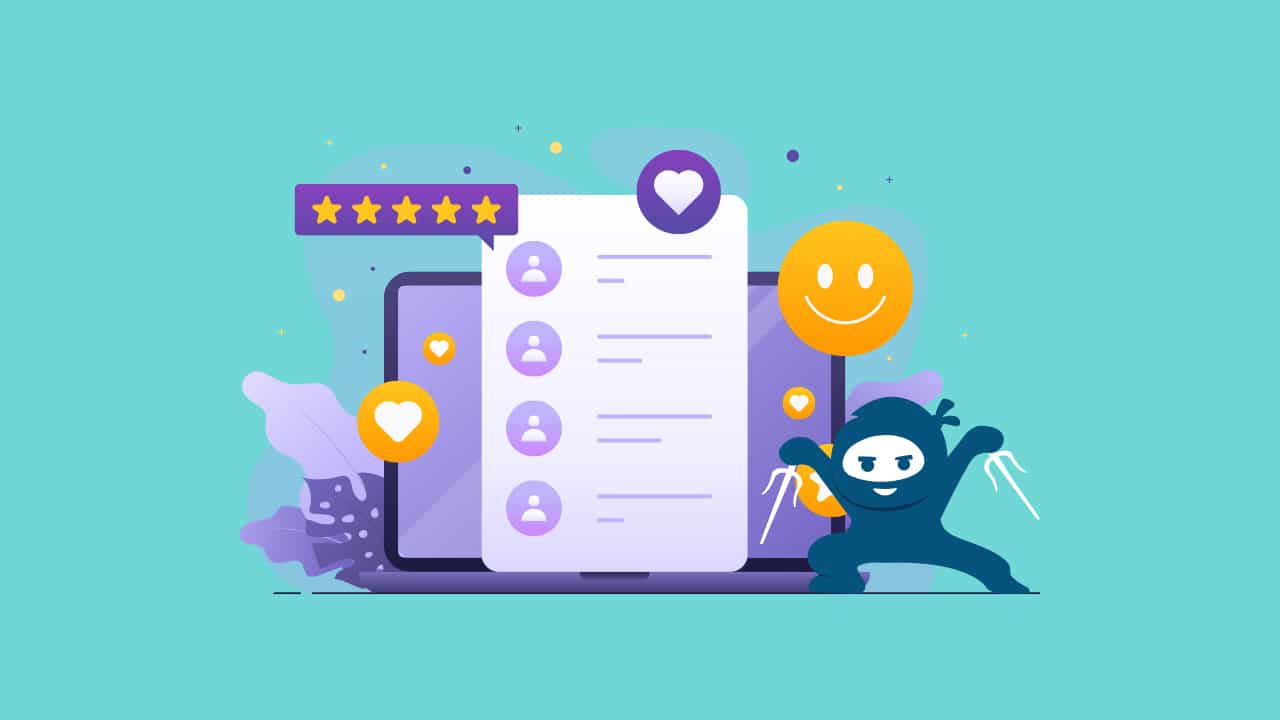WooCommerce is a platform chosen by countless entrepreneurs seeking to build and grow their businesses in the online space. While online businesses do have many advantages compared to physical ones, they are not strangers to their own set of problems. The world wide web teems with many potential vulnerabilities that can compromise the foundations of an e-commerce website as well as the integrity of customer data.
Enter the crucial art of security auditing – a systematic and strategic approach to fortifying your WooCommerce store against the ever-looming specter of cyber threats. The purpose of this article is to help you better understand the process of a WooCommerce security audit and highlight its importance for the overall well-being of your online business.
Whether you are an intrepid entrepreneur venturing into the world of e-commerce for the first time or a seasoned businessman seeking to bolster your company’s existing security measures, this article will give you a basic foundation of how to best protect your online store and measure its health.
Understanding WooCommerce Security
E-commerce websites, including those built on WooCommerce, face a plethora of vulnerabilities and risks due to their very nature as digital storefronts handling sensitive customer data and financial transactions. Brute force attacks, SQL injection, cross-site scripting, malware, and phishing attacks are just some of the many threats online businesses face.
WooCommerce security is a multi-faceted endeavor that encompasses a range of components to ensure the protection, integrity, and confidentiality of your online store and its sensitive data. Let’s take a look at the many components that affect your e-commerce’s security!
User Authentication and Authorization
This involves controlling access to your WooCommerce store by implementing robust authentication mechanisms, user roles, and permissions. Ensuring that only authorized personnel can access and modify critical functions and data is key for the safety of any online business.
Plugins and Themes
Extensions and themes can enhance the functionality and aesthetics of your store, but they can also introduce vulnerabilities if not chosen and maintained carefully. Outdated plugins or files from untrustworthy sources can pose a major threat to your WooCommerce store. This is why understanding the sources and coding practices of your plugins and themes is vital.
Payment Gateways
Secure payment gateways are essential for protecting customer payment information during transactions. Proper encryption and adherence to industry standards, like PCI DSS, are paramount.
Data Protection and Privacy
The safeguarding of customer data is not just a legal requirement (GDPR, CCPA), but also a cornerstone of trust. Implementing encryption, secure data storage, and clear privacy policies is imperative.
Backups and Recovery
Regular backups are a cornerstone of WooCommerce Security, as they ensure that even if a security breach occurs, your store’s data can be restored. A solid recovery plan, in case of emergency, ensures business continuity in the face of unexpected incidents.
Intrusion Detection
Continuous monitoring of your store’s activities and network traffic allows you to swiftly detect and respond to any suspicious or unauthorized access attempts. This allows you to take prompt action before any major damage occurs.
Maintenance
Regular updates to WooCommerce, plugins, and themes are crucial for patching known vulnerabilities and staying resilient against emerging threats. Even if you don’t have the time or manpower to make maintenance a priority, it should never be overlooked. You can learn more about how to simplify the process by looking into our WooCommerce Maintenance Plans.
Staying up-to-date with security best practices is crucial. A security breach can severely damage your store’s reputation and erode customer trust. A well-prepared security strategy reduces the likelihood of security breaches, which can lead to costly downtime and disruptions in your business operations. As you integrate new technologies or expand your store’s features, staying current with security practices ensures these additions are made with security in mind.
Preparing for a WooCommerce Security Audit
A security audit is not just a routine check; it’s a comprehensive evaluation of your WooCommerce website’s defenses against potential threats, vulnerabilities, and unauthorized access. As the backbone of your e-commerce business, your WooCommerce store holds sensitive customer data, including payment information and personal details, making its security paramount.
To embark on this journey, the first step is understanding the scope of the audit. Define the specific areas you’ll be scrutinizing, such as the website’s code, plugins, themes, server configurations, and user roles. You’ll want to anticipate potential vulnerabilities, encompassing scenarios like data breaches, malware infiltration, and unauthorized entry points.
Gathering the right resources is equally vital. Form a team comprising skilled professionals, including developers, security experts, and network administrators. This collaborative effort ensures a comprehensive analysis from different perspectives. Equally important is identifying the appropriate tools and software required for the audit. Finding the best security scanning tools and WordPress security plugins will aid in the thorough examination of your store’s security landscape.
Another critical aspect of preparing for the audit is creating a detailed WooCommerce security checklist. This comprehensive list will encompass all the essential elements that need evaluation. Among the items to include are user authentication and access controls, secure communication through SSL certificates, regular updates of WordPress core, plugins, and themes, backup and disaster recovery strategies, firewall configurations, and intrusion detection systems.
As a rule of thumb, you’ll be looking into the following:
Assessing User Authentication and Authorization
This includes evaluating the strength of user passwords and reviewing user roles and permissions to ensure appropriate access levels. At this time you can also consider implementing stronger user authentication security measures such as 2FA.
Examining Plugins and Themes
This includes everything from researching and selecting reputable plugins and themes from trusted sources to making sure all of them are regularly updated and vulnerability free. If an audit finds a problem with a file, you would have to move forward by removing or replacing the outdated or unsupported plugins and themes.
Auditing Payment Gateways
No matter the size of your online business it is crucial that you verify the legitimacy and security of chosen payment gateways. This means regularly monitoring payment gateway logs for suspicious activity and implementing encryption and SSL certificates for secure transactions.
Data Protection and Privacy
Customer data protection and privacy is key nowadays, both for customer satisfaction and the legality of your business operations. You should make sure that your site is in compliance with the latest data protection regulations (e.g., GDPR, CCPA) and that you have the right data encryption and secure storage practices in place.
Monitoring and Intrusion Detection
Monitoring website logs and network traffic for unusual patterns or anomalies is key. At this stage, you should consider the use of using monitoring tools to detect unauthorized access to your site.
Auditing Your Staff
Auditing your WooCommerce store’s security should not be limited to just assessing the technical aspects of your website. It’s equally important to evaluate your team’s knowledge, practices, and protocols.
No matter how robust your technical security measures are, human error remains a significant factor in security breaches. Employees who are unaware of security risks and best practices can inadvertently compromise your store’s integrity.
Educating your team about security cultivates a security-conscious culture. When employees understand the potential risks and their role in safeguarding customer data, they become active participants in maintaining a secure environment.
WooCommerce Security Audit Recommendations
Putting your WooCommerce site in maintenance mode during a security audit is a prudent step to ensure that no changes or transactions occur while the assessment is ongoing. Maintenance mode helps prevent disruptions to the audit process and potential data discrepancies.
The duration of maintenance mode varies depending on the scope and complexity of the audit. It can range from a few hours to a couple of days. It’s essential to plan and communicate the downtime to your customers to minimize any inconvenience.
Before initiating maintenance mode, ensure that you have a recent and complete backup of your website. This ensures that you can restore your site to its previous state if anything goes wrong during the audit. Complete any pending updates, patches, or software installations before putting your site in maintenance mode. This ensures that your site is up to date and less vulnerable to known issues.
Notify your users about the upcoming maintenance and the expected downtime. Clear communication helps manage user expectations. Finally, before opening the site to the public again, thoroughly test all functionalities, including the changes made during the security audit. This helps ensure that the site is secure and fully operational.
How Often Do You Need To Audit Your Site?
Conducting regular security audits is essential to ensure the ongoing protection of your WooCommerce site and the sensitive data it handles. The frequency of these audits depends on various factors, including the nature of your business, the volume of transactions, the rate of change in your website’s components, and industry regulations. Some times and scenarios when you should be completing an audit include:
Annual Audits
For most e-commerce websites, an annual security audit is a good starting point. This provides a comprehensive review of your site’s security measures and allows you to address any new vulnerabilities that may have emerged.
When Major Updates Or Changes Take Place
Whenever you implement significant updates, changes, or additions to your WooCommerce site, it’s wise to conduct a security audit. This could include major plugin updates, changes in payment gateways, or modifications to core functionality.
High-Risk Industry Exceptions
If your business operates in a high-risk industry, such as finance or healthcare, you may need to conduct more frequent audits, perhaps semi-annually or even quarterly, due to the increased potential for cyber threats.
Emerging Threats
If new vulnerabilities or threats specific to WooCommerce or its plugins are discovered, consider conducting an audit promptly to address any potential risks.
Remember that the threat landscape is constantly evolving, so staying proactive with regular audits helps you stay ahead of potential security issues and maintain the trust of your customers.
Conclusion
My fellow e-commerce enthusiasts, let’s make a pact to give our WooCommerce stores the love and attention they deserve. Regular security audits might not be as exciting as adding new products, but they’re the unsung heroes that keep everything running smoothly. And who knows, with that extra layer of security, your store might just reach new heights – like a rocket with a built-in safety net!
Keep smiling, keep auditing, and keep wowing your customers. Your WooCommerce adventure is safer and brighter with each audit you conquer.



